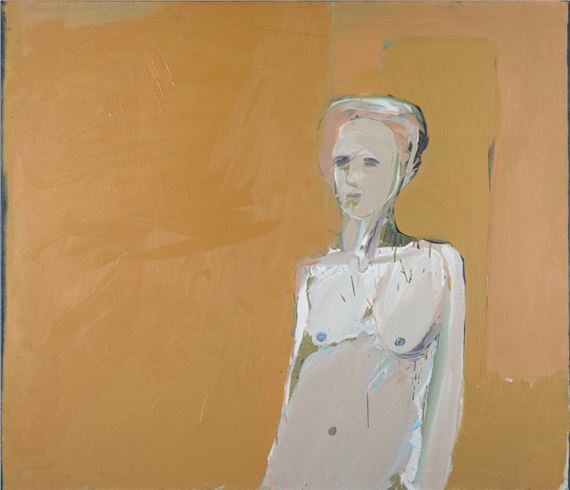60 Years of the Department of Art and Art History ÔÇô University of North Carolina Charlotte
2024 marks the 60th anniversary of the University of North Carolina at CharlotteÔÇÖs Department of Art & Art History.
Before 1964, aspiring artists in the city took classes at Mint Museum Randolph. Because of its history as both a museum and an educational site, the Mint has continued a close relationship with UNCC faculty and students over the decades.
As a result, the MintÔÇÖs permanent collection has extensive holdings of UNCC-connected artists, a selection of which is shown here. Over the half-century, the departmentÔÇÖs faculty and students have incorporated all manner of making, not shying away from difficult subject matter. TJ Reddy arrived shortly after the department was founded. While he double-majored in history and sociology, not art, ReddyÔÇÖs political engagement at UNCCÔÇö he helped found the Black Student Union and the Africana Studies DepartmentÔÇöinform his artmaking as much as a painting class would have. In the early 1970s, printmaking student Marianne Lieberman incorporated second-wave feminism and pro-choice messages in her etchings and lithographs; painting professor Maud Gatewood included her lover Molly in her domestic scenes, creating an aesthetic that UNCC Professor Jim Frakes describes as ÔÇ£queer restraint.ÔÇØ In the 1980s, Rod MacKillop and Richard StenhouseÔÇÖs urban surreality captured CharlotteÔÇÖs growing pains as a corporate center trying to grow a cultural heart. North CarolinaÔÇÖs craft legacy appears in Edwina BringleÔÇÖs weaving and the ceramics of Tom Mason and Roy Strassberg. David Brodeur and Maud Gatewood composed social criticism using the visual language of popular culture. Similarly, current faculty Maja Godlewska explores how that vernacular is evolving with social media and its continued control over how we navigate the world from the landscape to beauty standards.

Recommended for you
2024 marks the 60th anniversary of the University of North Carolina at CharlotteÔÇÖs Department of Art & Art History.
Before 1964, aspiring artists in the city took classes at Mint Museum Randolph. Because of its history as both a museum and an educational site, the Mint has continued a close relationship with UNCC faculty and students over the decades.
As a result, the MintÔÇÖs permanent collection has extensive holdings of UNCC-connected artists, a selection of which is shown here. Over the half-century, the departmentÔÇÖs faculty and students have incorporated all manner of making, not shying away from difficult subject matter. TJ Reddy arrived shortly after the department was founded. While he double-majored in history and sociology, not art, ReddyÔÇÖs political engagement at UNCCÔÇö he helped found the Black Student Union and the Africana Studies DepartmentÔÇöinform his artmaking as much as a painting class would have. In the early 1970s, printmaking student Marianne Lieberman incorporated second-wave feminism and pro-choice messages in her etchings and lithographs; painting professor Maud Gatewood included her lover Molly in her domestic scenes, creating an aesthetic that UNCC Professor Jim Frakes describes as ÔÇ£queer restraint.ÔÇØ In the 1980s, Rod MacKillop and Richard StenhouseÔÇÖs urban surreality captured CharlotteÔÇÖs growing pains as a corporate center trying to grow a cultural heart. North CarolinaÔÇÖs craft legacy appears in Edwina BringleÔÇÖs weaving and the ceramics of Tom Mason and Roy Strassberg. David Brodeur and Maud Gatewood composed social criticism using the visual language of popular culture. Similarly, current faculty Maja Godlewska explores how that vernacular is evolving with social media and its continued control over how we navigate the world from the landscape to beauty standards.
Contact details












